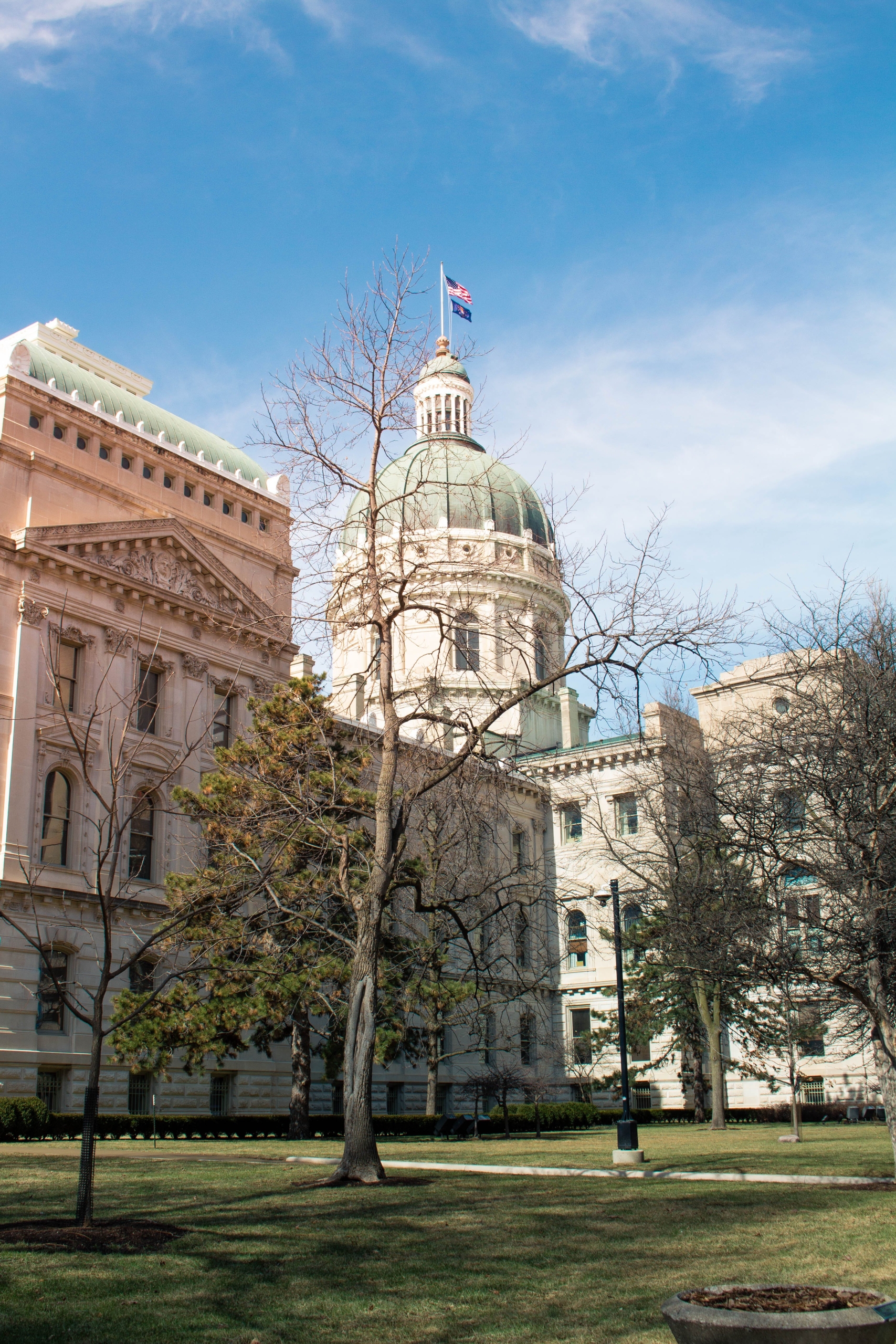Education Choice’s Battleground

Adam Crain
The road to more education choice for South Carolinians goes through downtown Washing…. Er… Columbia! Even as education choice advocates across the country celebrate the distinct new direction of the federal Department of Education, the real victories are happening on the state level and the fight is just beginning. In his Wall Street Journal Op-Ed, States Take the Lead in School Reform, Jason Riley lays out how states across the nation are moving toward more choice (emphasis added).
“After years of federal overreach…the states—where Republicans now occupy 33 of the 50 governors’ offices—are not only reasserting local control of K-12 education but re-imagining it.
Kentucky and Montana might soon be crossed off that ignominious list of seven states that don’t allow public charter schools…
Even states that already have charter laws are moving to strengthen them. Maryland Gov. Larry Hogan, a Republican, recently announced an effort to make charters easier to open, operate and
innovate. And courts continue to reject attempts by teachers unions and other charter opponents to thwart the will of parents and keep underprivileged children trapped in low-quality schools run by union members. Last week, Washington state’s charter law survived a court challenge, and the judge’s ruling rejected claims that charter schools are unaccountable and divert funds from traditional public schools.
In addition to this charter progress, education reformers see prospects for more private school choice in the form of education savings accounts, or ESAs, which they describe as the next step in school choice.
Education savings accounts initially catered to students with special needs, but reformers are now pushing to expand eligibility to everyone. Last week, New Hampshire’s state Senate passed a universal ESA measure, which Georgia, Oklahoma, Texas and West Virginia are also considering. Less ambitious school-choice expansion is being attempted in Florida and South Carolina.
Research shows that school choice is popular with families and most beneficial to the vulnerable students. Education savings accounts are no different. A 2015 EdChoice survey put support for ESAs at 62% among all respondents, 67% among parents of schoolchildren, 69% among city dwellers and 70% among people with annual family incomes below $40,000.”
So there you have it. States really are leading the way in education choice. As Matt Ladner is quoted as saying later in the article, “it would be helpful if [President Trump and Secretary of Education DeVos] remembered that the federal government is the source of about 8% of K-12 funding and about 60% or more of the red tape.”




